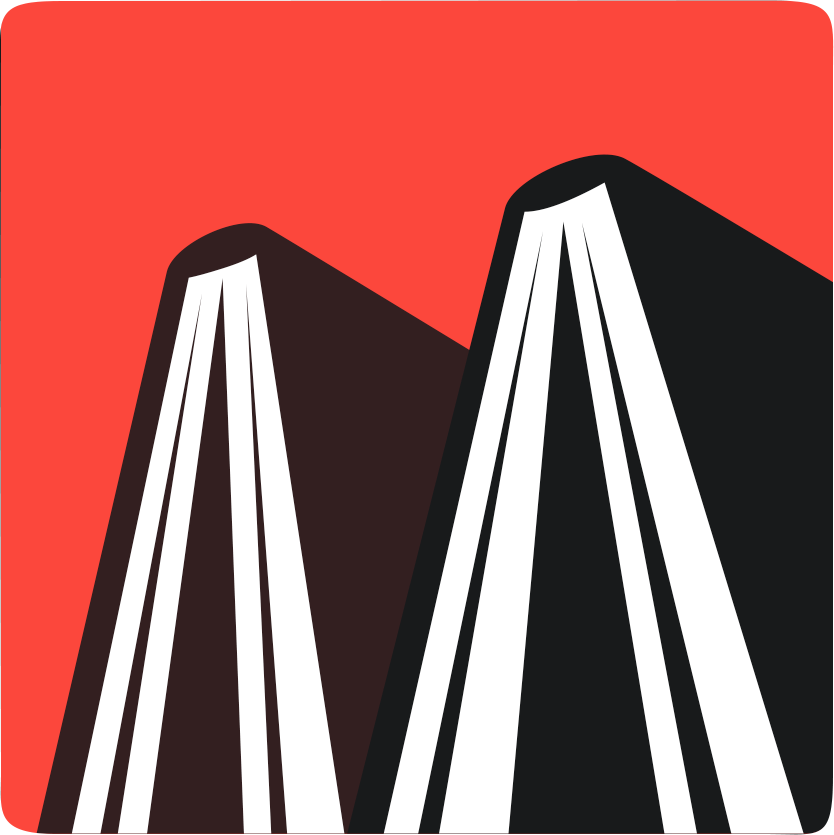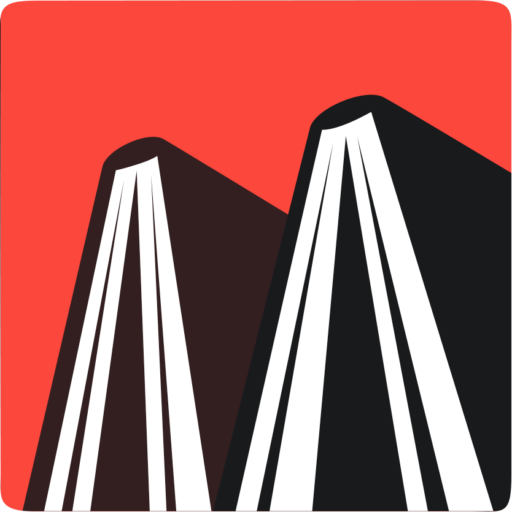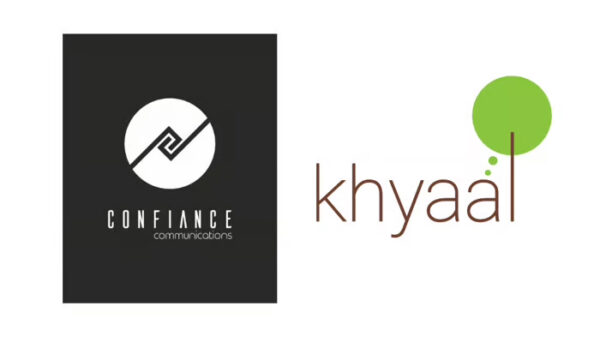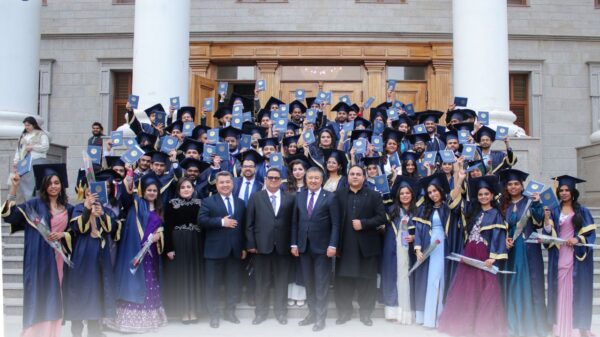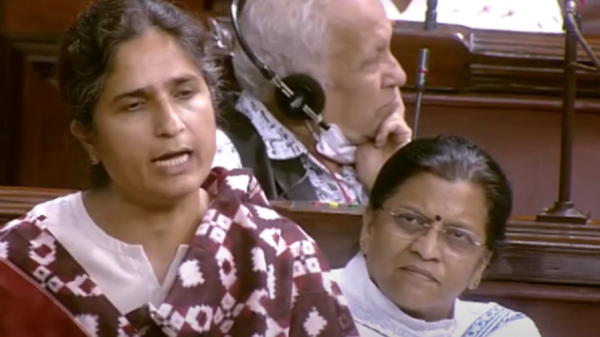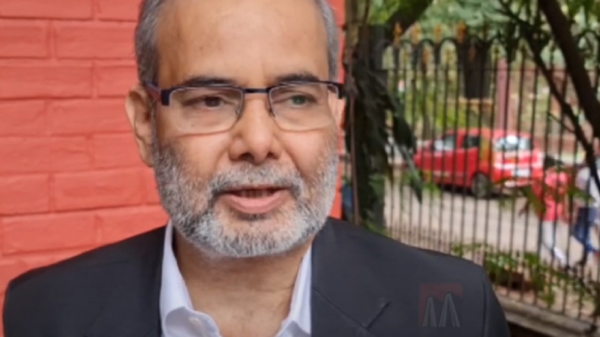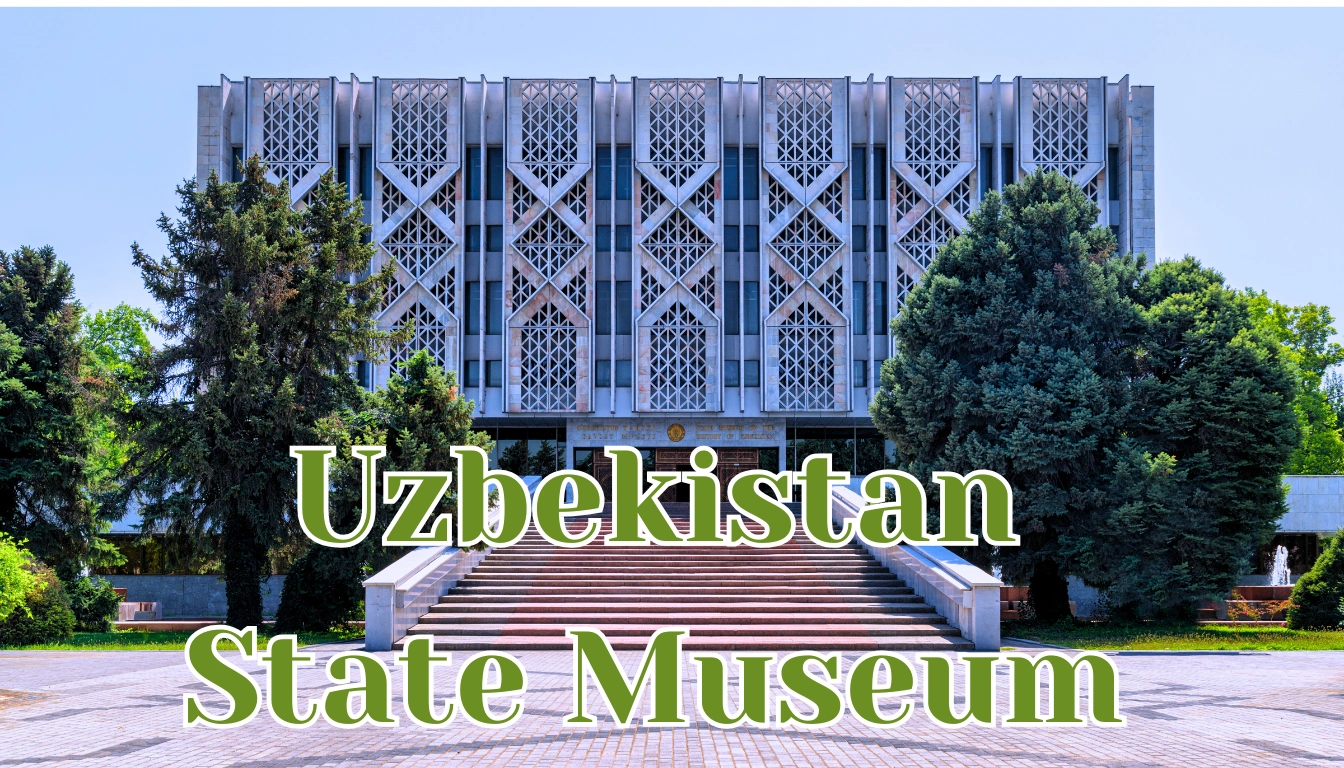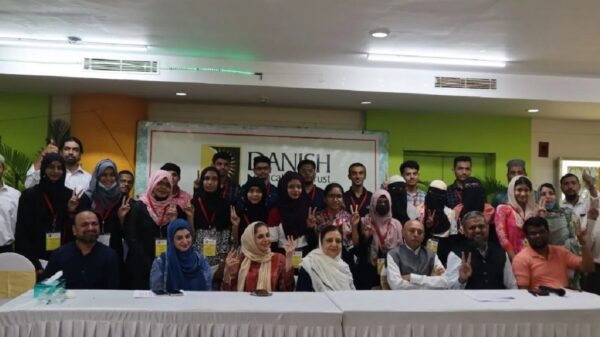The Uzbekistan State Museum of History is one of the oldest and largest museums in Central Asia, with a rich history and an extensive collection. Here is a comprehensive overview:
History
- Establishment: The museum was established in 1876 as the People’s Museum of Turkestan. It is one of the largest scientific-educational institutions in Central Asia.
- Development: Over the years, the museum has evolved and expanded its collection. It has been part of the Academy of Sciences of the Republic of Uzbekistan since 1943. The current building, constructed in 1970, is a significant architectural landmark in Tashkent.
Collection
The museum houses over 300,000 artifacts, covering various aspects of Uzbekistan’s history from prehistoric times to the present day. The collection includes:
- Archaeological Finds: Over 70,000 items, including tools, sculptures, and remains of early humans.
- Numismatic Collection: More than 100,000 coins from different eras, ranging from the 5th century BC to the 19th century.
- Ethnographic Items: Over 18,000 items that reflect the cultural practices and traditions of Uzbekistan.
- Archival Documents: A collection of documents from the 19th and 20th centuries, as well as earlier books and manuscripts.
Exhibits
- Ancient History: The second floor showcases artifacts from the Paleolithic era, the ancient world, and the early Middle Ages, including items from the Timurid reign. Notable exhibits include the remains of a primitive man from the Sel-Ungur cave (1.5 million years BC) and a stone sculpture of snakes from the Fergana Valley (2nd millennium BC).
- Buddhist Period: There is a special section dedicated to the Buddhist period of Uzbek history, featuring the “Triad” statue of Buddha with two monks (1st-4th centuries BC).
- Three Khanates Era: The third floor is dedicated to the period when Uzbekistan was divided among the Khiva, Kokand, and Bukhara emirates.
- Modern History: The fourth floor covers the 19th to 21st centuries, including the Soviet era and Uzbekistan’s journey towards independence. Exhibits include newspapers, photographs, and medals won by Uzbek athletes.
Museum Building
The museum building, constructed in 1970, is a notable example of Tashkent architecture. Its design combines traditional and modern elements, featuring a cube structure symbolizing eternity and geometric sun-protective screens faced with whitish-pink marble.
Educational and Research Activities
The museum is not only a repository of artifacts but also a center for scientific research and the dissemination of historical knowledge. It offers tours, lectures, and various educational programs for visitors. The museum also participates in international exhibitions and publishes scientific and popular-scientific works.
Visitor Information
- Address: 3, Rashidov Avenue, Tashkent.
- Opening Hours: 10:00 a.m. to 05:00 p.m., closed on Mondays.
- Gift Shop: The museum has a gift shop where visitors can purchase items of Uzbek applied arts, such as embroidery, carpets, miniatures, and ceramics.
The Uzbekistan State Museum of History is a treasure trove of the nation’s rich cultural and historical heritage, offering visitors a comprehensive journey through time.
The best months to visit the Uzbekistan State Museum of History are during the spring and autumn seasons. Specifically:
- Spring (March to June): The weather is warm and relatively dry, with temperatures ranging from 14°C (57°F) to 30°C (86°F). This period is ideal for exploring the museum and other historical sites in Tashkent, as well as enjoying the blooming flora and pleasant outdoor conditions.
- Autumn (September to early November): The autumn season offers mild and pleasant weather, with daytime temperatures usually between 21°C (70°F) and 30°C (86°F). It is also a great time to experience the local harvests and enjoy the cultural festivities.
Avoid visiting during the peak summer months of July and August, as temperatures can soar to over 40°C (104°F), making outdoor activities uncomfortable.
